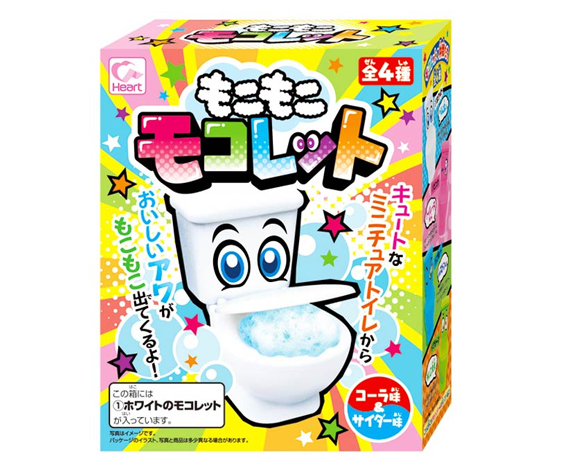Ueno park was delightful. Scattered within this density of humanity are a handful of large parks that help to break up the neon walkways for Tokyo’s 34 million or so inhabitants. It includes a zoo, which I didn’t get chance to go around, a smattering of shrines alongside a number of cafes and The Tokyo National Museum itself:

As an aspiring Aikidoka, it was the 13th century ceramics samurai regalia and various katana that had been carefully curated which peaked my interest, including a gorgeous set of Domaru type armour.
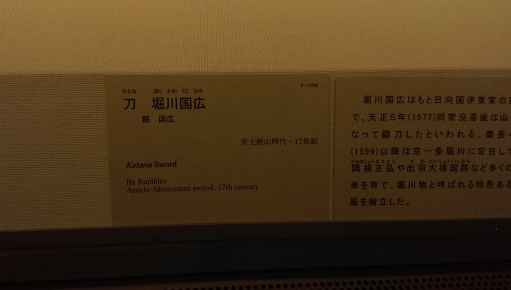
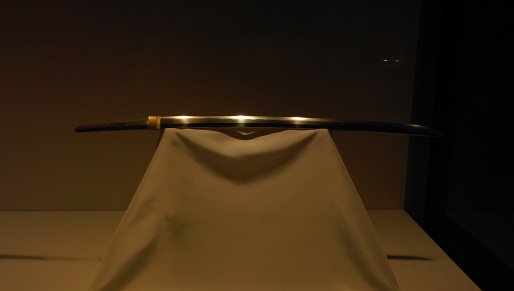

I was also pleasantly surprised to discover the museum has a delicately pruned, traditional garden half way around the Honkan (Japanese Gallery).
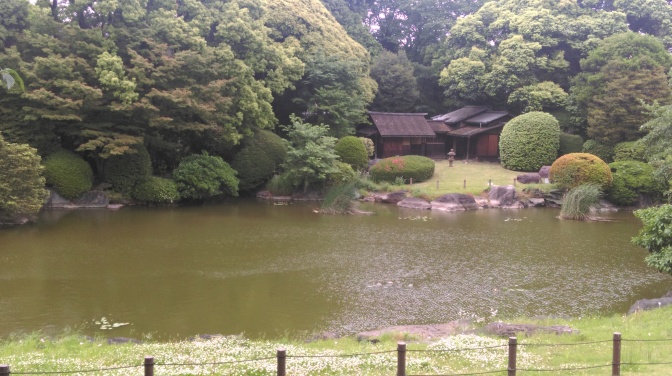
Towards the end of my hour or so long musing, I ended up exchanging pleasantries with a kind old Japanese lady whilst looking at an exhibit, who I assume was keen to discuss the exhibit- a classic, 21st century example of the Western Buffoon, found here with exquisite attention to detail paid to the magnanimous, reddish nose.
Kind old Japanese lady: “Blah blah blah wakari masuka?”
Me:”…Hai?” as I smiled politely
As per usual, I spent a painfully long time in the gift store. My clinical scrutinising of their postcard collection led to the purchasing of Red Fuji and the Great Wave Off Kangawa, both by renowned Ukiyo-e artist, Katsushika Hokusai.
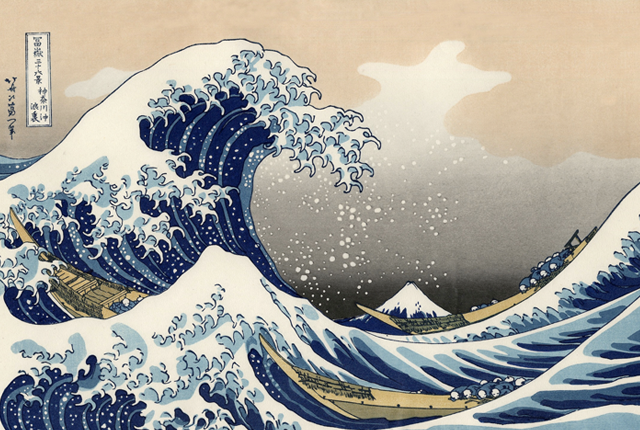
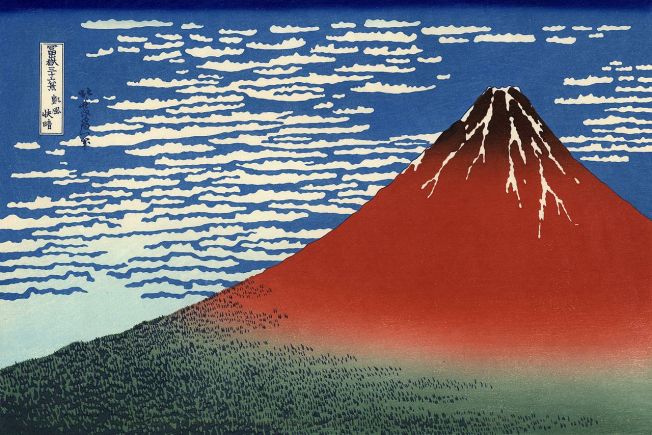
My next stop from Ueno park and the museum was Asakusa in the Taitō, home of Tokyo’s oldest temple, Sensō-ji. Yet escaping the subway proved easier said than done, there was around 28 or so exits to choose from. Looking at the same map as me were a young dutch couple who I struck up conversation with who were both heading to Sensō-ji. After exchanging pleasantries and anecdotes about toilets (a recurring theme), I wondered off in search of the temple. My ability to wonder proved fruitful yet again:
![IMAG0107[1]](https://japanandmesite.files.wordpress.com/2016/04/imag01071.jpg?w=672)
![IMAG0116_BURST005[1]](https://japanandmesite.files.wordpress.com/2016/04/imag0116_burst0051.jpg?w=672)
![IMAG0112[1]](https://japanandmesite.files.wordpress.com/2016/04/imag01121.jpg?w=672)
![IMAG0117[1]](https://japanandmesite.files.wordpress.com/2016/04/imag01171.jpg?w=415&h=740)
![IMAG0115[1]](https://japanandmesite.files.wordpress.com/2016/04/imag01151.jpg?w=672)
It was either because of some deep spiritual connection with Sensō-ji, or because of this:
